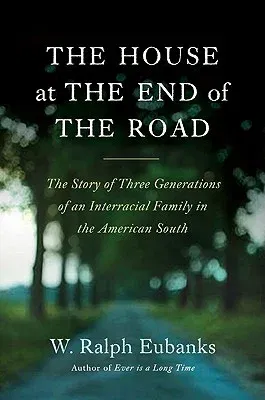A powerful story about race and identity told through the lives of one
American family across three generations
In 1914, in defiance of his middle-class landowning family, a young
white man named James Morgan Richardson married a light-skinned black
woman named Edna Howell. Over more than twenty years of marriage, they
formed a strong family and built a house at the end of a winding sandy
road in South Alabama, a place where their safety from the hostile world
around them was assured, and where they developed a unique racial and
cultural identity. Jim and Edna Richardson were Ralph Eubanks's
grandparents.
Part personal journey, part cultural biography, The House at the End of
the Road examines a little-known piece of this country's past:
interracial families that survived and prevailed despite Jim Crow laws,
including those prohibiting mixed-race marriage. As he did in his
acclaimed 2003 memoir, Ever Is a Long Time, Eubanks uses interviews,
oral history, and archival research to tell a story about race in
American life that few readers have experienced. Using the Richardson
family as a microcosm of American views on race and identity, The House
at the End of the Road examines why ideas about racial identity rooted
in the eighteenth century persist today. In lyrical, evocative prose,
this extraordinary book pierces the heart of issues of race and racial
identity, leaving us ultimately hopeful about the world as our children
might see it.

